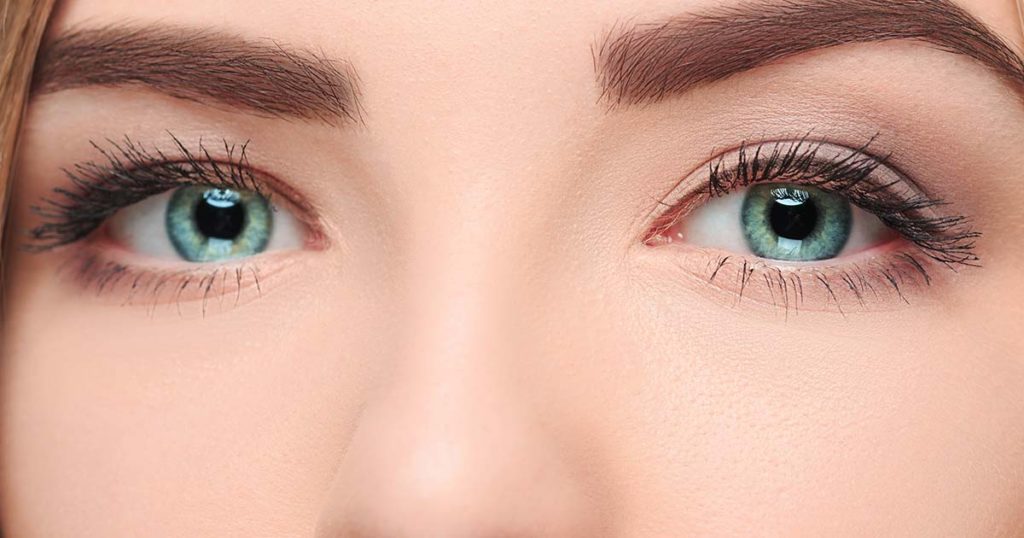The eye is our most important sense organ. We depend on seeing more than smelling, tasting, touching, and hearing. We perceive more than 80 percent of the information in our environment with our eyes. They convey more impressions than any other sense organ. Reason enough to take a look at interesting and astonishing facts about our vision system.
1. FACTS AND FIGURES
The human eye weighs around 7.5 grams and is about as heavy as a 50 cent coin. The diameter of the eyeball is 22 to 23 millimeters, of which only one-sixth is visible. With around 126 million photoreceptors, 70 percent of all sensory cells are in the retina of the eye.
2. 5 MILLION EYEFLASHES PER YEAR
Blinking is the fastest body movement we are capable of. A blink of the eye usually lasts 100 to 150 milliseconds and is performed by the eye-ring muscle. It is the fastest muscle in the human body. We blink about 17 times a minute, 14,280 times a day, and 5 million times a year. We usually do not notice the short-term darkness and the lack of visual information due to the speed of blinking. The eyelid closure is used to maintain the tear film on the eyes.
3. UNIQUE FEATURES
An iris scan is more secure than a fingerprint because it is even more individual. While around 40 biometric features can be identified in a fingerprint, thanks to modern technology there are around 260 in the iris of the human eye. Furthermore, the appearance of the iris, as it is also known, is stable. Even in childhood, their identifying features no longer change and remain for life (exceptions can arise due to illnesses or injuries). In contrast to the fingertips, the iris is also less exposed to external influences. It cannot wear itself out temporarily like the skin of the fingers under strong mechanical stress.
4. ARE YOU SNEEZING WITH YOUR EYES OPEN?
It is not possible to sneeze with your eyes open. If foreign bodies, for example in the form of dust, bacteria, viruses, pollen, or the like, are inhaled through the nose, this creates a sneezing reflex. Inflammation of the nasal mucosa or bright light can also be triggered. This is actually not a real reflex, but a complex and in part controllable body process. Closing your eyes is a natural part of this. When sneezing, all body muscles are involuntarily tensed, including the facial muscles. This closes the eyes. In addition, the eyelids have a protective function by preventing foreign bodies and germs from entering.
5. BROWN EYES
The most common eye color is brown. Around 90 percent of all people worldwide have brown eyes. Light-skinned babies are often born with blue eyes. This is because the iris does not have the pigment melanin at birth – the color initially appears light. It only changes after a few months, when the body has formed enough color pigments.
6. BETTER VISIBILITY WITH EARRINGS
Pirates wore earrings to improve their eyesight. Or at least they believed. This thought is not so absurd. In acupuncture, the earlobe is the point that contributes to better eyesight. However, acupuncture is only effective if it is practiced in the form of temporary stitches and the ear lobes are not pierced with an earring. In addition, the valuable pirate jewelry served as a reserve in order to be able to pay for one’s own funeral, for example – thus the probably greater benefit.

